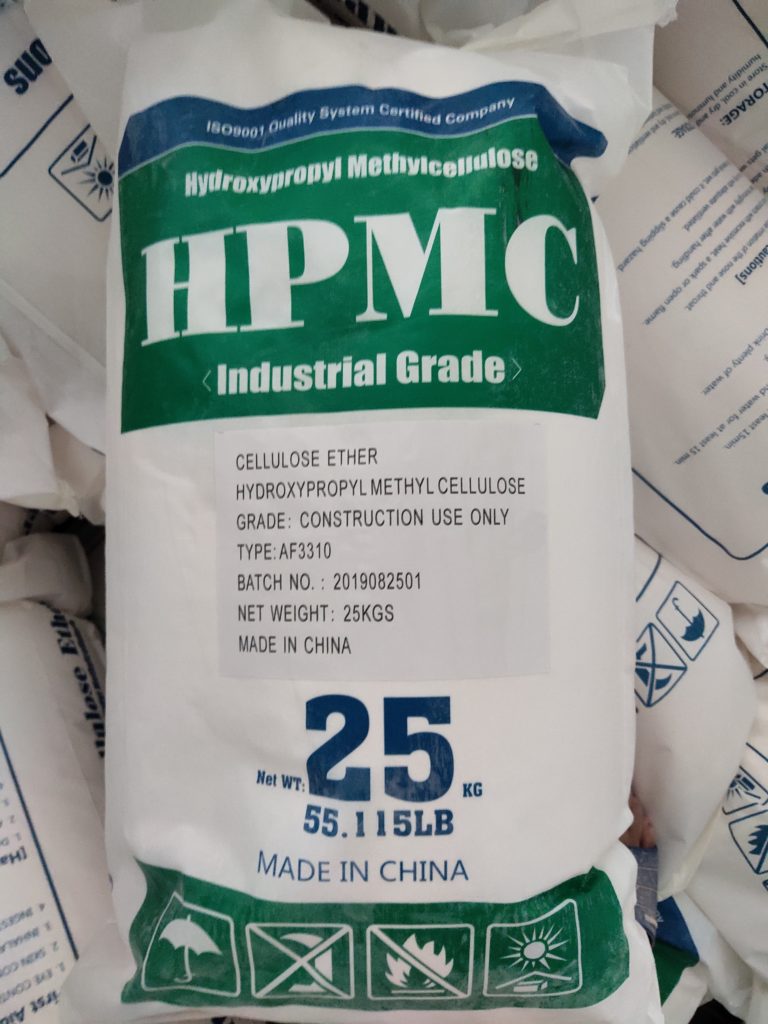The rheological additives used in cement-based tile adhesives and other systems are mainly cellulose ethers, which provide suitable consistence for construction, sag resistance of wall tiles, optimum water retention of cement, and control intervals and tile correction time. The thixotropic lubricant can be used in combination with cellulose ether thickeners to create a synergistic effect that improves the sag resistance and workability of the tile adhesive.

- The effect of thixotropic lubricant on sag resistance of tile adhesive
Ceramic tiles slipping and falling under the standard viscosity is common. The thixotropic lubricant used together with cellulose ether can optimize the dosage of cellulose ether, can effectively increase the slipping resistance of tile adhesive and improve the workability of the mortar in the meantime.
- The effect of thixotropic lubricant on water demand of mortar
Thixotropic lubricant products help to increase the tolerance of the mortar water supply and help to ensure the quality of material during construction.
- The effect of thixotropic lubricant on the opening time of tile adhesives.
Thixotropic lubricant products help to extend the opening time of tile adhesives, making it easy to move and correct tiles during the bonding process to ensure construction quality.
- Thixotropic lubricants improve the operability of mortar products.
Rheologically, thixotropic lubricants produce a strong internal network, which enhances the yield value of tile adhesives, thus prevents sagging. Moreover, the lamellae structure reduces the adhesive to tools and reduces the viscosity during construction, significantly improving the processing performance.
